Courses Infomation
Home Options Trading Course – Original Curriculum

Home Options Trading Course – Original Curriculum
WHAT IS THE VALUE OF USING THE METHODS TAUGHT?
Possible consistent results with these options trading strategies include but are not limited to:
❑ Credit Spreads: 2%-4% returns per day per trade, exited within 30 days, chosen for entry between 30–50 days.
❑ Debit Spreads: 150%-200+% returns per trade, exited within 30-60 days, chosen for entry between 90-120 days.
❑ Above 70% Win/Loss Probability with a Positive Expectancy per trade, as a Diversified Multi-Asset Class System.
WHO IS THIS COURSE FOR? Main Audience & Key Objectives
❑ Traded 1-2 years; but, unable to break even or results are random. There is a clear need to progress towards consistent and profitable results.
❑ Lost much, want to give up? Don’t! Profitable trading from home is possible.
❑ Remove pattern confusion in time based charts (Candlesticks/Heikin Ashi & OHLC) with Point & Figure charts; plus, Relative Strength logic to target relevant Asset Classes.
❑ Independently validate the logic to Enter, Stay In–Play and Exit by forecasting Implied Volatility specific to the spread type’s Put versus Call construction (or combined). Brain power over software crutches.
❑ Assess trading as a viable home business. Use a detailed home budget linked into the performance metrics of your portfolio.
HOW AND WHY ARE THE METHODS DIFFERENT FROM OTHER TECHNIQUES?
There are only 3 elements to hedge in an option’s trade: Price, time in the form of Theta and Implied Volatility.
❑ The only way to remove Price Risk from any one specific traded product is to trade multiple asset classes, beyond stocks. And the only way to isolate Price separate from the noise of time – pure price observation – is to use Point and Figure charts.
❑ Theta and Implied Volatility are not mutually exclusive. Theta, either in the form of long decay in a debit spread; or, short premium in a credit spread is the synthetic equivalent of Implied Volatility. Conversely, IV is synthetic Theta.
Options cannot lose more than 1 day’s worth of Theta as decay; or, collect more than 1 day’s worth of credit sold. But IV can rise by more than one day’s worth of Theta to wipe out the positive Theta collected as credit premium. Just as IV can rise by more than one day’s worth of Theta decay to offset the negative Theta in a debit spread. Clearly, there is a need to forecast Implied Volatility and its associated Skew.
The methods focus specifically on Index options, diversifying the asset allocation of capital beyond Stocks, to include Currencies, Commodities, Market Cap categories, Sectors and Geographies using Indexes/ETFs.
It is the only retail trading process that uniquely blends the Relative Strength measure of Price (not the TA Indicator RSI) from Dorsey Wright, to target the relevant asset class within a multi-asset class portfolio to identify a probable trade; then, forecast Implied Volatility and Skew using tools from iVolatility to stringently test a potential trade’s Theoretical Price and probability of profit versus its odds for a loss, based on IV and Theta changes, in the ThinkorSwim platform.
Preview an original video–based curriculum to see reliable “How To” methods with solid logic for “Why” each method is valid.
Options Trading Strategies Course
What is included in the Original Curriculum, for USD $200? 17 videos covering …
❑ Asset Allocation.
❑ Point & Figure.
❑ Implied Volatility & Probability (2 videos: part 1 and part 2).
❑ Greeks revisited.
❑ Portfolio Diagnostics and Operating Trading as a Home Business.
❑ Market Ranges … PLUS …
10 Spread Types each with their individual videos and trade plans specific to the spread type:
- ATM-NTM Debit Calendar.
- OTM Credit Iron Condor.
- OTM Credit Vertical Call.
- OTM Credit Vertical Put.
- OTM Debit Iron Condor.
- NTM Strangle ATM Straddle.
- OTM Debit Vertical Call.
- OTM Debit Vertical Put.
- Back Ratio Call.
- Back Ratio Put.
PLUS … Preferential ThinkorSwim commission rates (requires proof of purchase of this course) …
PLUS … the Home Options Trading Business toolkit – designed to fit into one portable Excel file with multiple tabs in it covering all the topics above … no massive phone book of documentation to print out … your own mobile home business!
What is forex?
Quite simply, it’s the global market that allows one to trade two currencies against each other.
If you think one currency will be stronger versus the other, and you end up correct, then you can make a profit.
If you’ve ever traveled to another country, you usually had to find a currency exchange booth at the airport, and then exchange the money you have in your wallet into the currency of the country you are visiting.
Foreign Exchange
You go up to the counter and notice a screen displaying different exchange rates for different currencies.
An exchange rate is the relative price of two currencies from two different countries.
You find “Japanese yen” and think to yourself, “WOW! My one dollar is worth 100 yen?! And I have ten dollars! I’m going to be rich!!!”
When you do this, you’ve essentially participated in the forex market!
You’ve exchanged one currency for another.
Or in forex trading terms, assuming you’re an American visiting Japan, you’ve sold dollars and bought yen.
Currency Exchange
Before you fly back home, you stop by the currency exchange booth to exchange the yen that you miraculously have left over (Tokyo is expensive!) and notice the exchange rates have changed.
It’s these changes in the exchange rates that allow you to make money in the foreign exchange market.
Salepage : Home Options Trading Course – Original Curriculum
More From Categories :Option – Future Courses
Curriculum:



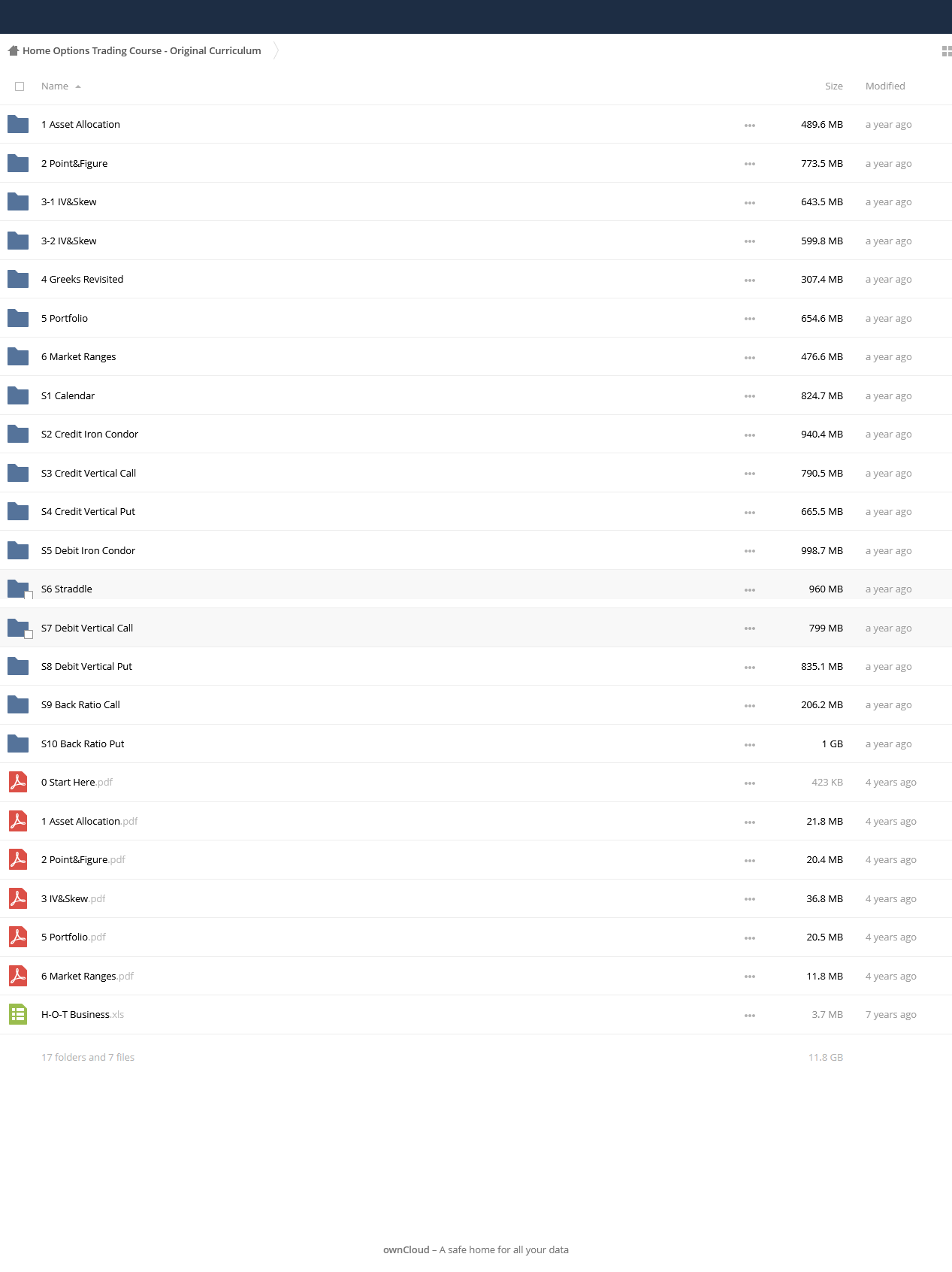
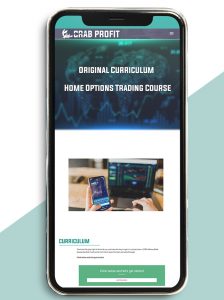
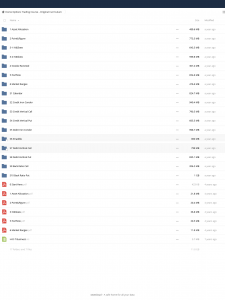

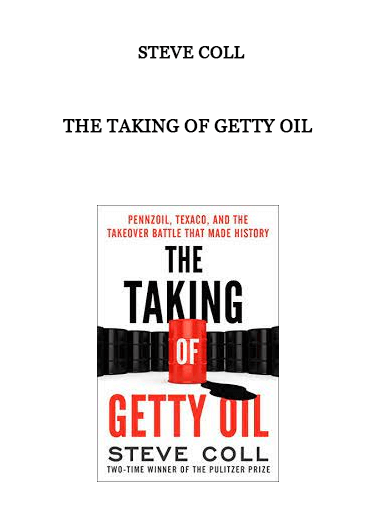
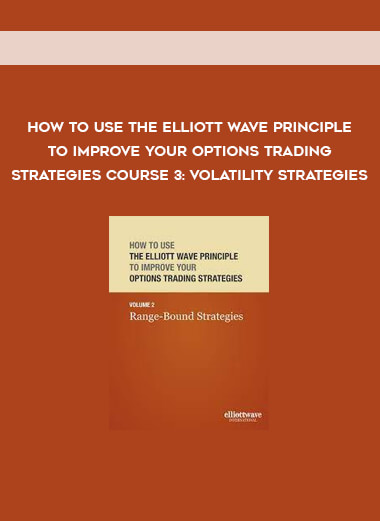
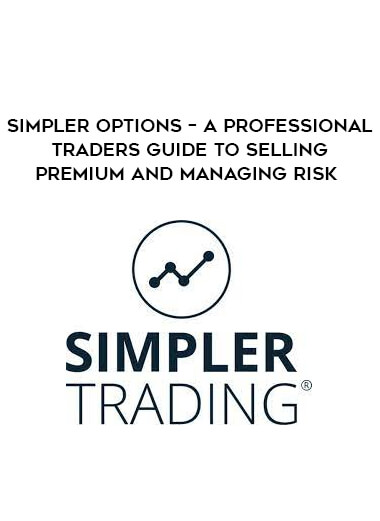
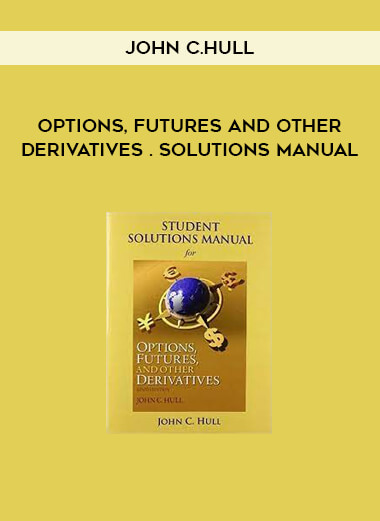
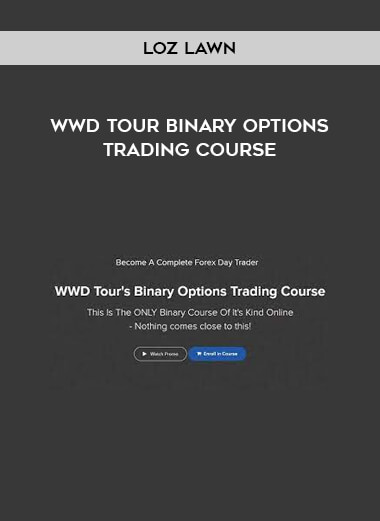
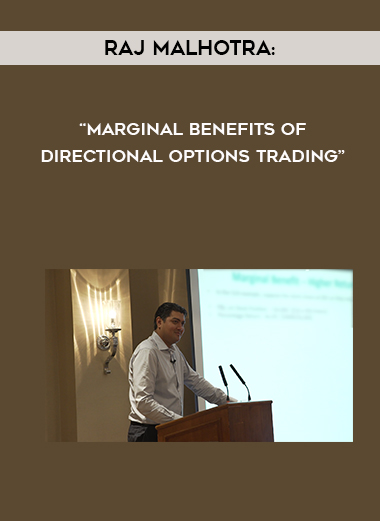


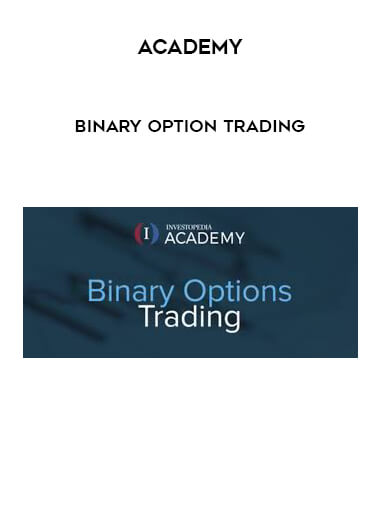



















Reviews
There are no reviews yet.